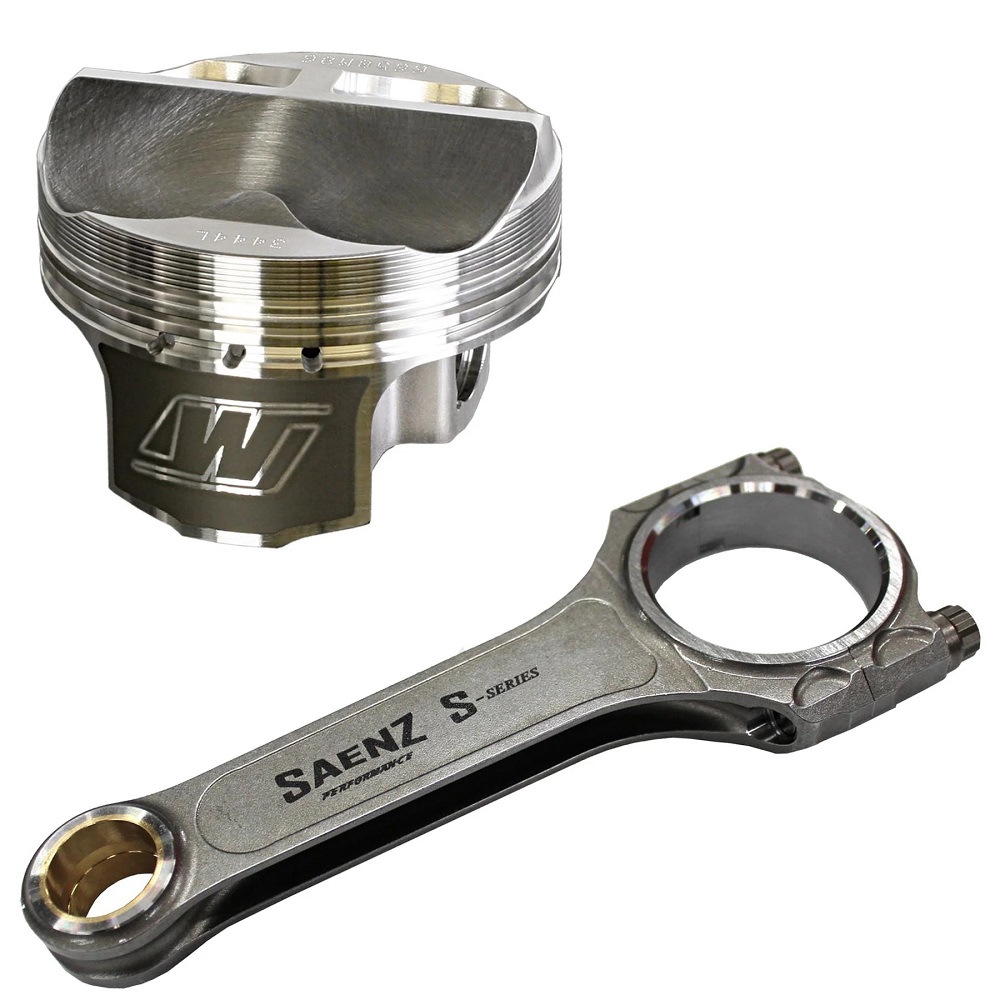Introduction: Understanding the Piston Rod
The Role of the Piston Rod in Engine Function
The piston rod, often referred to as the connecting rod, is a crucial component in internal combustion engines and various machinery. It connects the piston to the crankshaft, converting the linear motion of the piston into rotational motion. This process allows for the generation of power within the engine, making the piston rod an essential part of engine performance. Proper functioning of the piston rod is critical for achieving optimal power output and efficiency in any engine.
Overview of Piston Rod Applications
Piston rods are not only found in automotive engines but also in many other applications. They are commonly used in hydraulic systems, marine engines, and machinery such as compressors, pumps, and heavy equipment. The versatility of piston rods allows them to play an integral role in various mechanical systems. Understanding their applications in different contexts can help users appreciate their importance in both everyday machinery and specialized equipment.
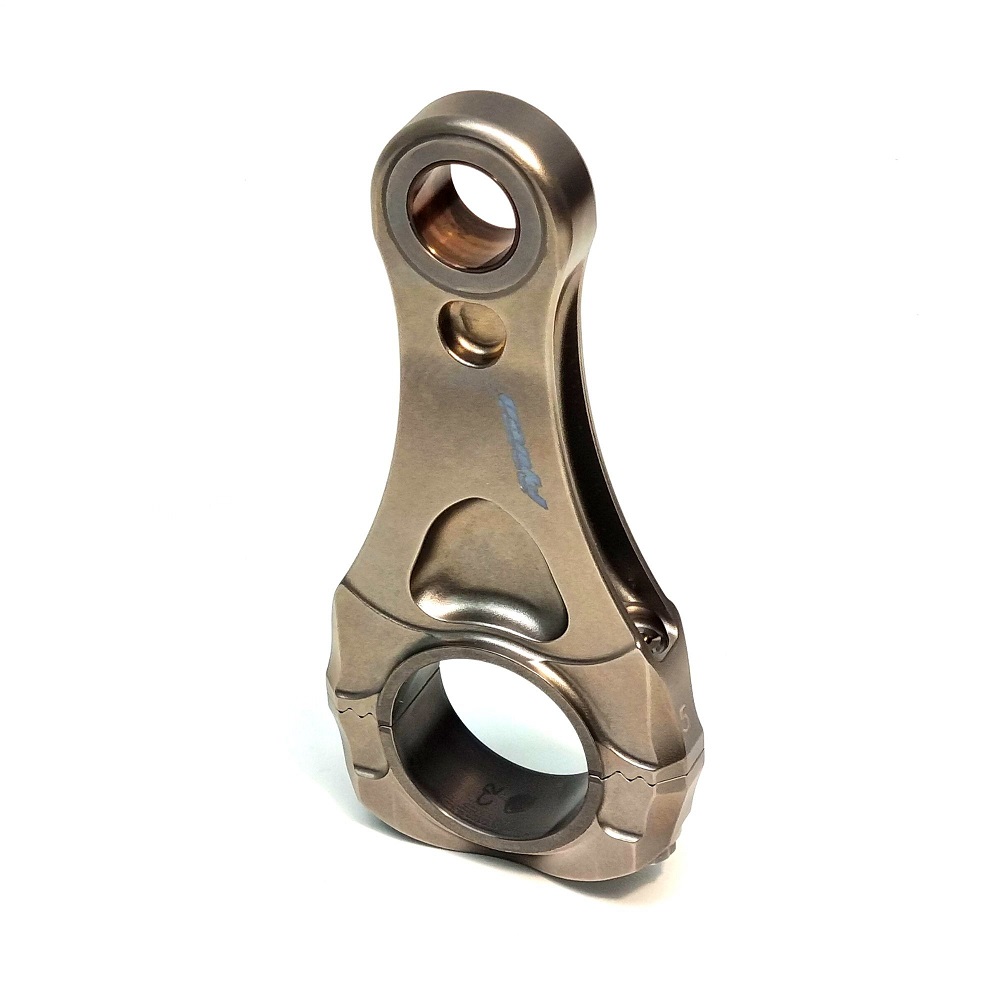
Importance of Maintenance
Given the vital role of piston rods, maintenance is crucial for ensuring durability and performance. Regular inspection and care can prevent premature wear, extending the lifespan of the entire engine or machinery. Neglecting maintenance for the piston rod can lead to costly breakdowns, inefficient operation, and potential safety hazards. This article will explore essential maintenance tips to help you keep your piston rods functioning effectively, ensuring optimal performance and longevity.
Key Maintenance Tips
Regular Inspection
Regular inspection of the piston rod is fundamental for identifying any potential issues early. During inspections, pay attention to signs of wear, such as scratches, cracks, or excessive play in the rod. Any visible damage can indicate underlying problems that need to be addressed before they escalate. Additionally, check for lubrication levels to ensure that the rod moves smoothly within its housing. Scheduling periodic inspections allows for timely intervention, enhancing the performance and longevity of the piston rod.
Lubrication Practices
Proper lubrication is critical for maintaining the health of the piston rod. Lubricants reduce friction between moving parts, preventing wear and tear. It is essential to use the right type of lubricant, as specified by the manufacturer. Over time, the lubricant can degrade or become contaminated, leading to ineffective lubrication. Regularly checking and replacing the lubricant ensures that the piston rod operates smoothly, reducing the risk of damage. Developing a routine for lubrication is vital for maintaining overall engine health.
Cleaning the Piston Rod
Keeping the piston rod clean is another crucial aspect of maintenance. Dirt, grime, and carbon deposits can build up on the rod, impacting its performance. Regular cleaning removes these contaminants and allows for better inspection of the rod’s condition. Use appropriate cleaning agents designed for use on engine components to avoid damaging the finish. In addition, always dry the rod thoroughly after cleaning to prevent moisture buildup, which can lead to rust or corrosion. A clean piston rod ultimately contributes to a more efficient engine operation.
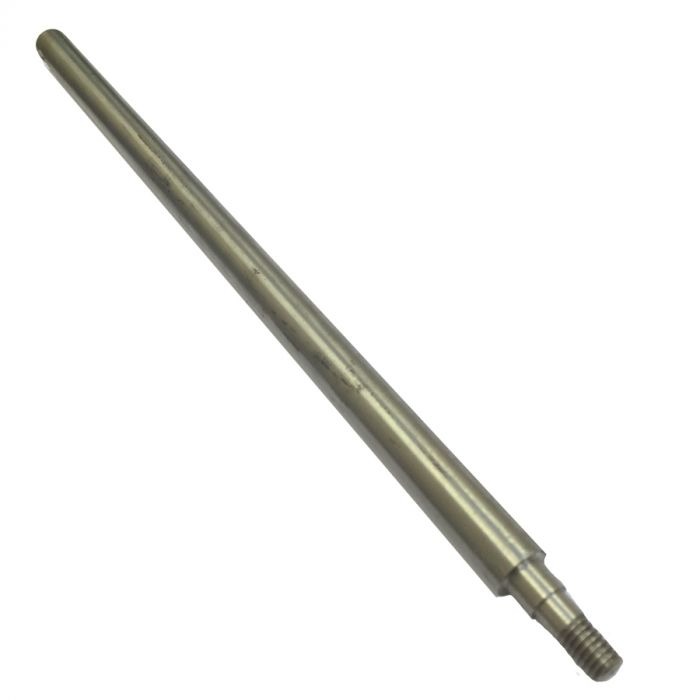
Checking for Alignment
Misalignment can lead to serious issues for a piston rod. Over time, engines can experience vibrations that may affect the alignment of the piston and crankshaft. Regularly checking the alignment of the piston rod ensures that all components work together harmoniously. Misaligned rods can create uneven wear and negatively impact engine performance. Incorporating alignment checks into routine maintenance helps catch potential problems early, preventing costly repairs and downtime.
Addressing Common Issues
Understanding Wear Patterns
Understanding wear patterns on the piston rod can provide valuable insight into its condition and performance. Common wear indicators include scoring or scratching, often caused by lack of lubrication or contamination. It is essential to assess the extent of wear to determine whether the piston rod needs cleaning, repair, or replacement. Recognizing these patterns allows for proactive maintenance, extending the lifespan of the piston rod and preventing more significant engine issues.
Signs of Fatigue
Fatigue in piston rods can manifest in several ways. Unusual noises, such as knocking or tapping, can indicate that the rod is beginning to fail. Additionally, sudden loss of power or irregular engine performance may hint at an issue with the piston rods. Addressing these signs promptly helps prevent catastrophic failures and maintains overall engine efficiency. If you notice any of these symptoms, consult a professional mechanic for a thorough evaluation.
Managing Heat
Heat management is critical in maintaining piston rods integrity. When engines run at high temperatures, the piston rod and connecting components can expand, leading to changes in alignment and wear patterns. To combat this, ensure that the engine cooling system is functioning correctly. Regularly check coolant levels and maintain the radiator and hoses to prevent overheating. Implementing proper heat management techniques not only prolongs the life of the piston rods but also enhances overall engine performance.
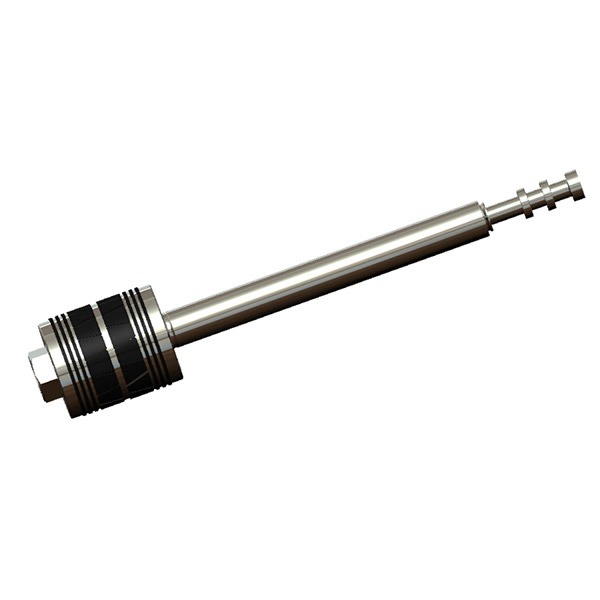
Best Practices for Longevity
Follow Manufacturer Guidelines
Always adhere to the manufacturer’s maintenance guidelines for your specific engine and piston rods design. These guidelines provide valuable information on lubrication schedules, cleaning procedures, and inspection intervals. Understanding the manufacturer’s recommendations helps ensure your maintenance practices align with the intended use of the engine. Following these guidelines can lead to improved performance and a longer lifespan for all components, including the piston rods.
Use Quality Parts
When it comes to replacement parts for your piston rods, prioritize quality over price. Using low-quality components can lead to premature failure, negatively affecting engine performance. Seek out reputable manufacturers and suppliers for your piston rods and associated parts. Investing in high-quality materials ensures they meet performance standards, minimizing the risk of future issues and maximizing the life of the assembly.
Document Maintenance Activities
Keeping a maintenance log is a great way to document all activities related to the care of your piston rods and engine. This log can include inspection dates, lubrication schedules, component replacements, and any noticeable performance changes. By maintaining a record, you can identify patterns and anticipate problems, making it easier to spot when something may need additional attention. A documented history also aids in maintaining warranty coverage, as it demonstrates diligence in upkeep.
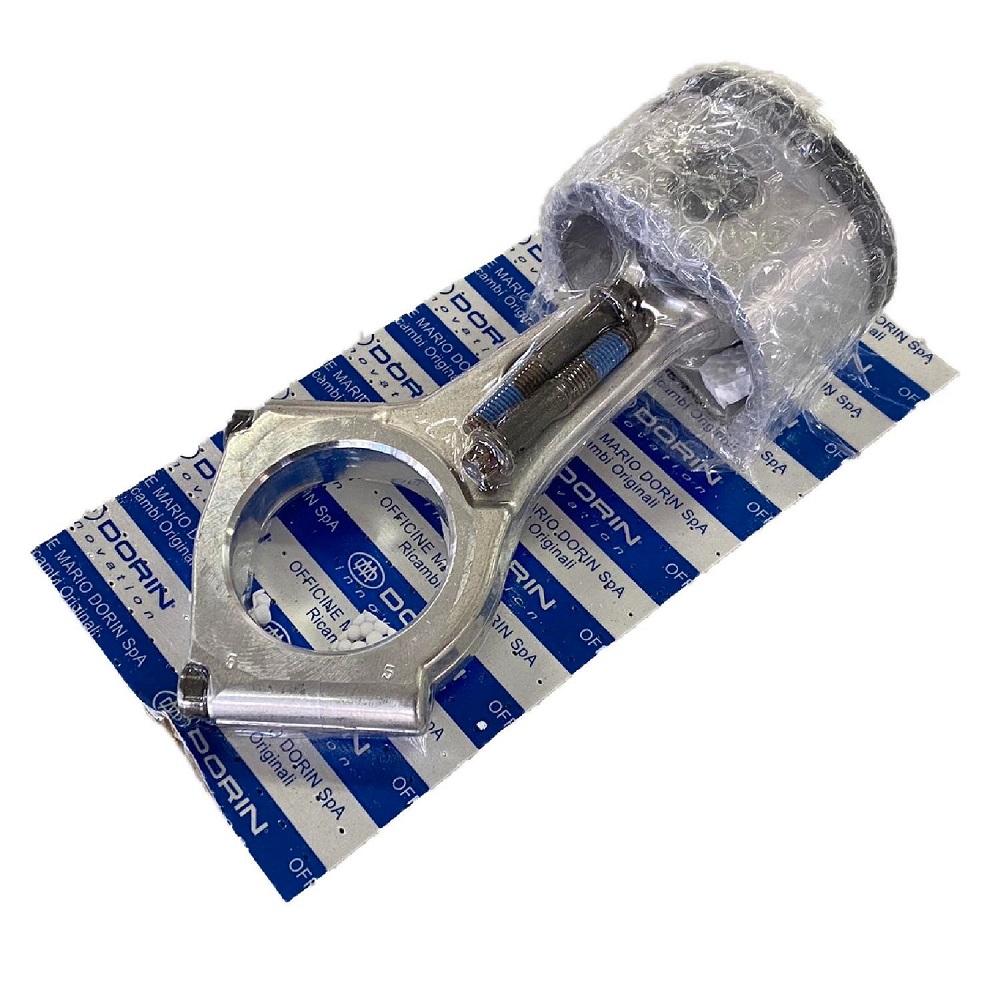
Preparing for Replacement
Recognizing When to Replace
Despite the best efforts at maintenance, there will come a time when piston rods may need to be replaced. Recognizing the signs of catastrophic failure is essential to prevent further engine damage. If the piston rod exhibits significant wear, cracks, or damage, it may be time for a replacement. Consulting with a mechanic can provide clarity on whether replacement is necessary and how it can be performed effectively.
Understanding the Replacement Process
Replacing a piston rod is a complex task that typically requires mechanical expertise. The process involves disassembling certain engine components, removing the old rod, and installing the new one. It is crucial to follow precise steps to ensure that everything is aligned correctly and properly connected. If you’re not experienced in engine work, hiring a professional is advised. A qualified mechanic can perform the replacement efficiently while ensuring that the engine remains in optimal condition.
Post-Replacement Care
Once a piston rod is replaced, establishing a rigorous maintenance routine becomes critical. The new rod must be monitored closely for the first few weeks to ensure it functions as expected. This includes checking for any unusual sounds or performance issues. Documenting the initial performance of the new piston rods will help track its condition over time. The attention given during this period can significantly enhance the performance and longevity of the new component.
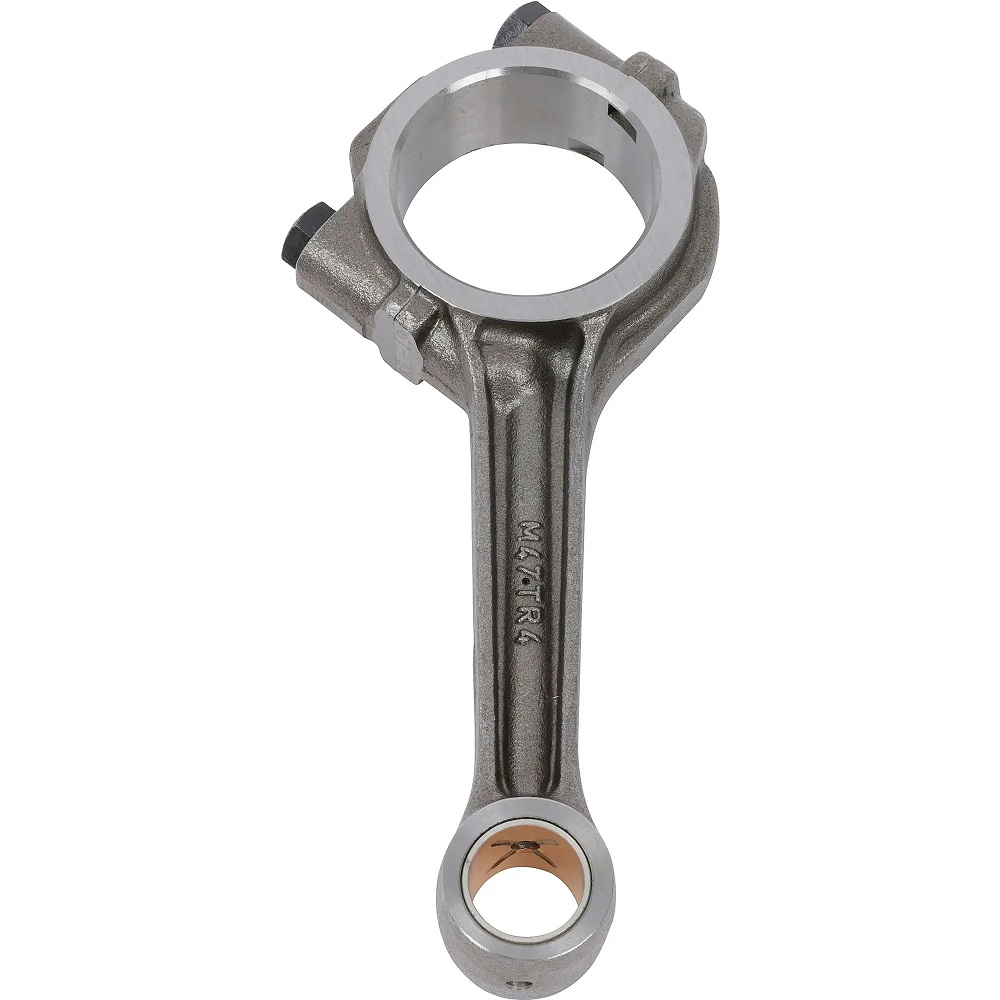
Conclusion: Ensuring Piston Rod Longevity and Performance
Summary of Key Maintenance Strategies
In summary, the piston rod is an integral component of any internal combustion engine, and its maintenance is crucial for overall performance. Regular inspections, proper lubrication, and timely replacements ensure that the piston rod operates efficiently. Understanding common issues and implementing best practices help prolong the life of your engine components.
Commitment to Dedicated Care
A commitment to dedicated care is essential for anyone who relies on engine performance. By prioritizing maintenance, users can prevent unnecessary breakdowns and costly repairs. Each small step in maintaining the piston rod contributes significantly to the smooth operation of the engine. Comprehensive care fosters an environment where a piston rod can thrive, ultimately benefiting the entire engine.
Embracing Knowledge for Better Outcomes
Gaining knowledge about piston rod and implementing effective maintenance practices allows for informed decisions regarding engine health. As technology continues to advance, remaining adaptable to new techniques and practices can be invaluable. A proactive approach leads to enhanced reliability, performance, and peace of mind. In the world of engines and mechanics, embracing knowledge is the key to ensuring optimal operation and longevity, enabling you to enjoy every ride and experience with confidence!
